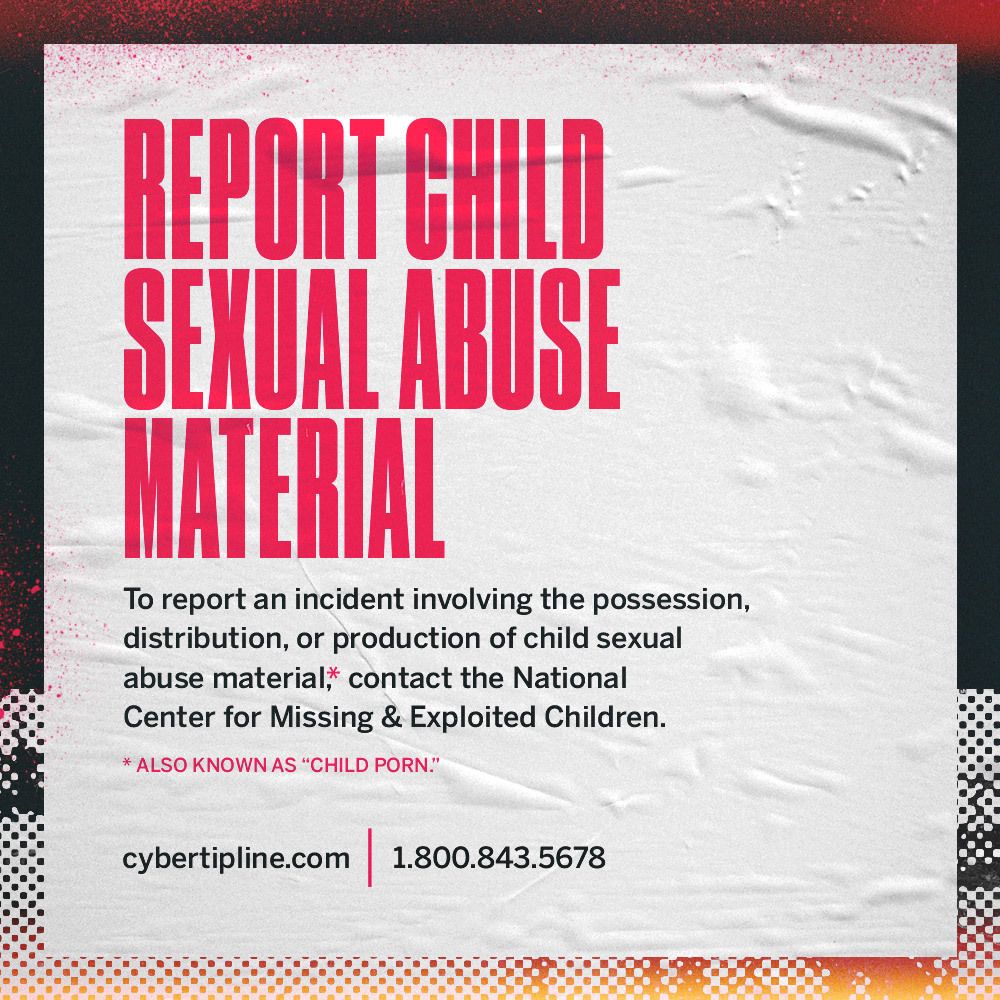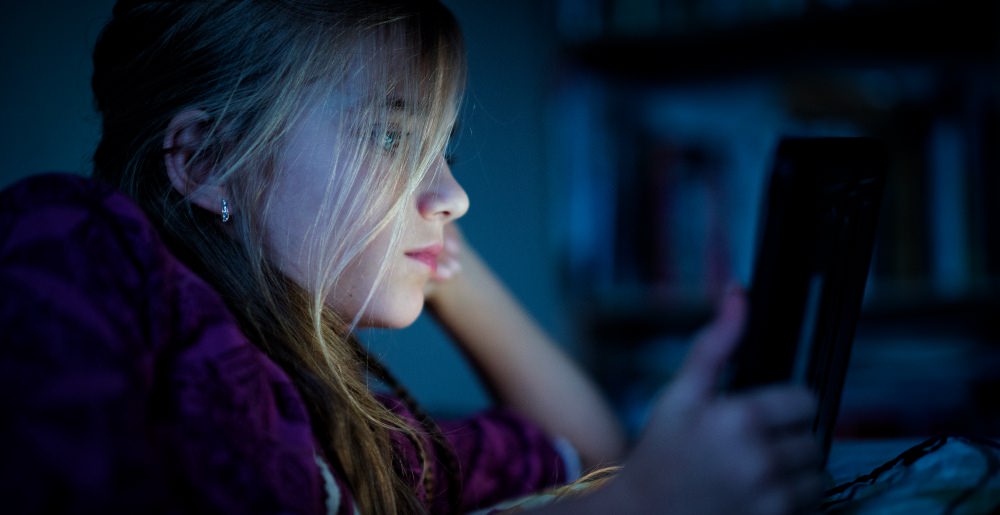According to the Internet Watch Foundation (IWF), about one-third of the vast number of child sex abuse images reported online are originally posted by children themselves.
This growing trend of minors filming themselves in graphic sexual videos to generate “likes” online is as disturbing as it is prevalent.
The Internet Watch Foundation’s staggering findings
The UK-based IWF serves as an outlet where individuals can anonymously and confidentially report child sexual abuse material (CSAM) worldwide. According to the IWF, every 5 minutes, their analysts in Cambridge find and remove a photo online of a child suffering from sexual abuse.
In a recent statement, the IWF reported a significant increase in the amount of self-generated images—predominantly taken by girls between the ages of 11 and 13.
Related: How Sex Traffickers Use Social Media To Contact, Recruit, And Sell Children For Sex
But the number of explicit CSAM images, in general, has drastically increased over the last two years.
In 2018, 105,047 images showing the sexual abuse of children were removed by IWF analysts, with 78% of the CSAM images featuring young girls and 39% of the victims being 10 years of age or younger.
Just one year later in 2019, a record number of 260,400 web pages were reported to the Internet Watch Foundation—132,700 of which showed children being sexually abused. Girls were seen in about 80% of the flagged content.
The IWF emphasized that because each web page often contains thousands of files, these reports equate to millions of CSAM images.
Why are young children explicitly filming themselves?
So why the drastic increase in the number of young kids engaging in this alarming trend?
Some experts say that children are being manipulated into creating graphic content of themselves that is then circulated online by pedophiles, without the majority of youth understanding who is really on the receiving end of their content.
Related: Uncovering The Dark World Of Trafficking In The Webcamming Industry
Susie Hargreaves, Chief Executive of the IWF, recently shared the following with The Independent:
“You can see them looking into a screen and say ‘I won’t do that unless I get 1,000 likes.’ They are incredibly vulnerable and in some ways they are actively participating in this abuse…it’s a terribly coercive and manipulative relationship.”
Hargreaves explained that children across various platforms often received instructions from one or more users for the type of content they should record of themselves.
Some children believe they’re streaming video to an online friend or boyfriend without knowing these broadcasts and images are being shared through pedophile networks.
Hargreaves also described that much of the footage they recover at the IWF appears to be captured in children’s bedrooms. In one video, filming was briefly interrupted by an adult knocking on the door to tell the victim dinner was ready.
“My message to anyone is if a child is in their bedroom and on their own, and they have a camera and internet access, they need to have appropriate parental supervision… Just because they’re in their bedroom it doesn’t mean they’re not being groomed.”
Taking action in the UK
Hargreaves emphasized that both the IWF and UK authorities are taking action to tackle this escalating issue.
“The problem with the numbers being so huge is we forget every single image is a real child… We will not stop until we take down every single image, we will go after it again and again because we owe it to that victim.”
She also clarified that while pedophiles do still use the dark web to target, groom, and abuse their victims, the material reported to the IWF was found on the open internet.
Officials in the UK are working on a legislative agenda to pass the Online Harms Bill in an effort to take down this “epidemic” of CSAM being trafficked online—with particular emphasis on a duty of care for technology companies.
While progress is being made, the National Crime Agency expressed concern due to an inability to investigate everyone who views and shares these child sex abuse images.
Chief Constable Simon Bailey, the National Police Chief’s Council lead for child protection, expressed that while authorities focus their efforts on those suspects who are in direct contact with children, they’re “overwhelmed” with what to do about lower-level offenders.
“We have always been clear that we can’t arrest our way out of this problem… We are not able to target the high-risk and high-harm offenders because we are overwhelmed with volume referrals, therefore something has to change,” he said.
Bailey suggests that change must be a cross-system approach including educating children about online risks, holding tech companies responsible to prevent the uploading and sharing of CSAM, and consequences in place for low-risk offenders to confront their behavior.
Hargreaves added, “Child sexual abuse is a horrific topic for people to talk about, but as a society, we have got to take on board a heavy dose of reality and face up to what’s right in front of us.”
Porn fetishizes and fuels the demand for explicit content of minors
It can be easy to think objectification and sexual exploitation are no big deal when it’s all so normalized around you.
In today’s online world of social media, many young people are starving for validation in the form of clicks, views, and likes—and the porn industry is capitalizing on it. In fact, the line between xxx porn sites and social media platforms is becoming more and more blurred.
Related: Why Porn Performers Are Working To Become The Newest Social Media Influencers
Porn reinforces and promotes the belief that the worth of a person comes down to their sex appeal, how they perform sexually, and how extreme they’re willing to go. It takes a human’s natural need to feel loved or desired and twists it into unrealistic, harmful behaviors and expectations.
This combined with the sexualization of young girls in porn through common themes like “school girl” and “teen” genres fosters and reinforces harmful fantasies that are clearly hurting real people.
Gone are the days of strictly high-budget porn available on “secure” websites. A large majority of porn today is low-budget content made by amateurs or even unsuspecting victims.
Related: “I Don’t Want Anyone To Find Out”: True Confessions From Amateur Porn Performers
The nature of porn today creates a dangerous landscape where real people are, by definition, sex trafficked every day through force, fraud, and coercion—and where even the abuse of children who are supposedly safe at home is consumed as fantasy. Enough is enough.
Every effort to draw attention to the role porn plays in real societal issues—like the sexualization of underage children—can make a difference. Don’t be afraid to check in with the minors in your life and speak out about this epidemic.




